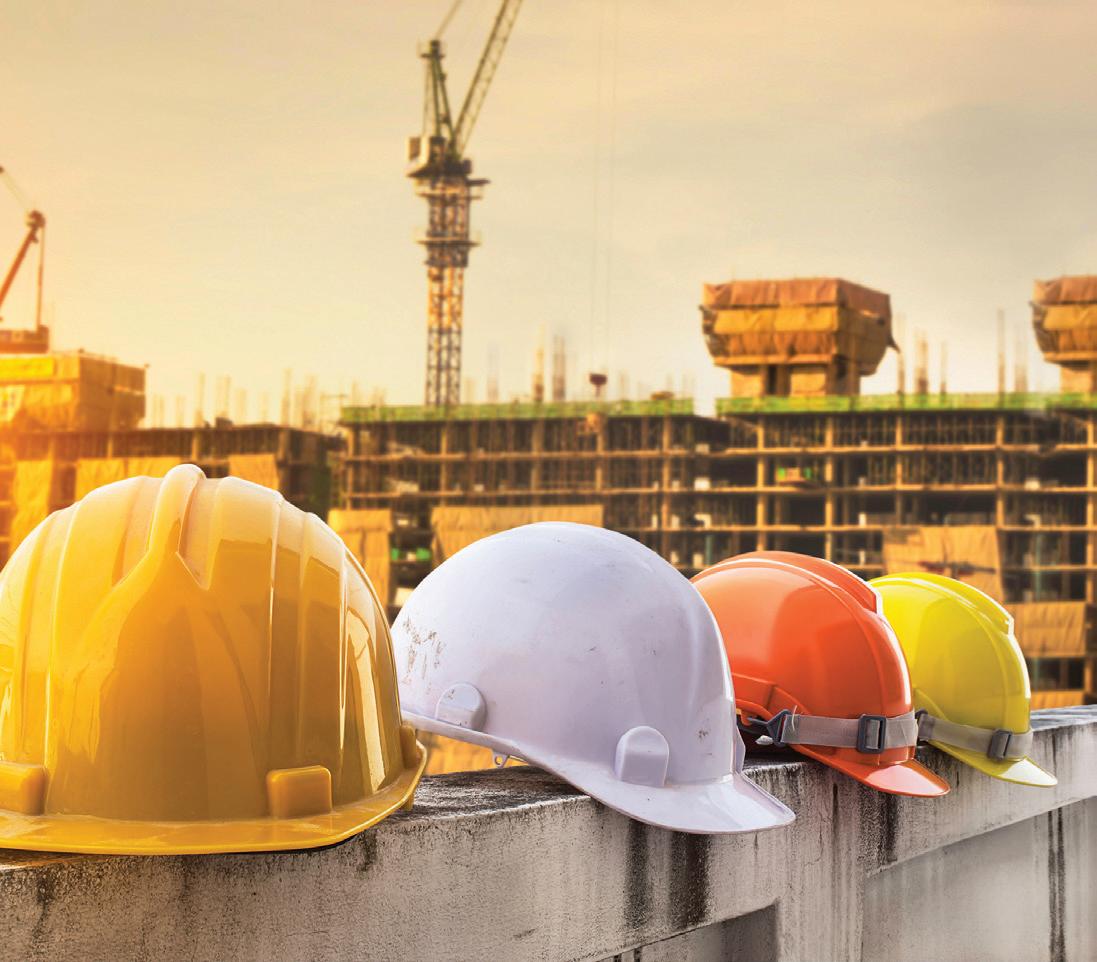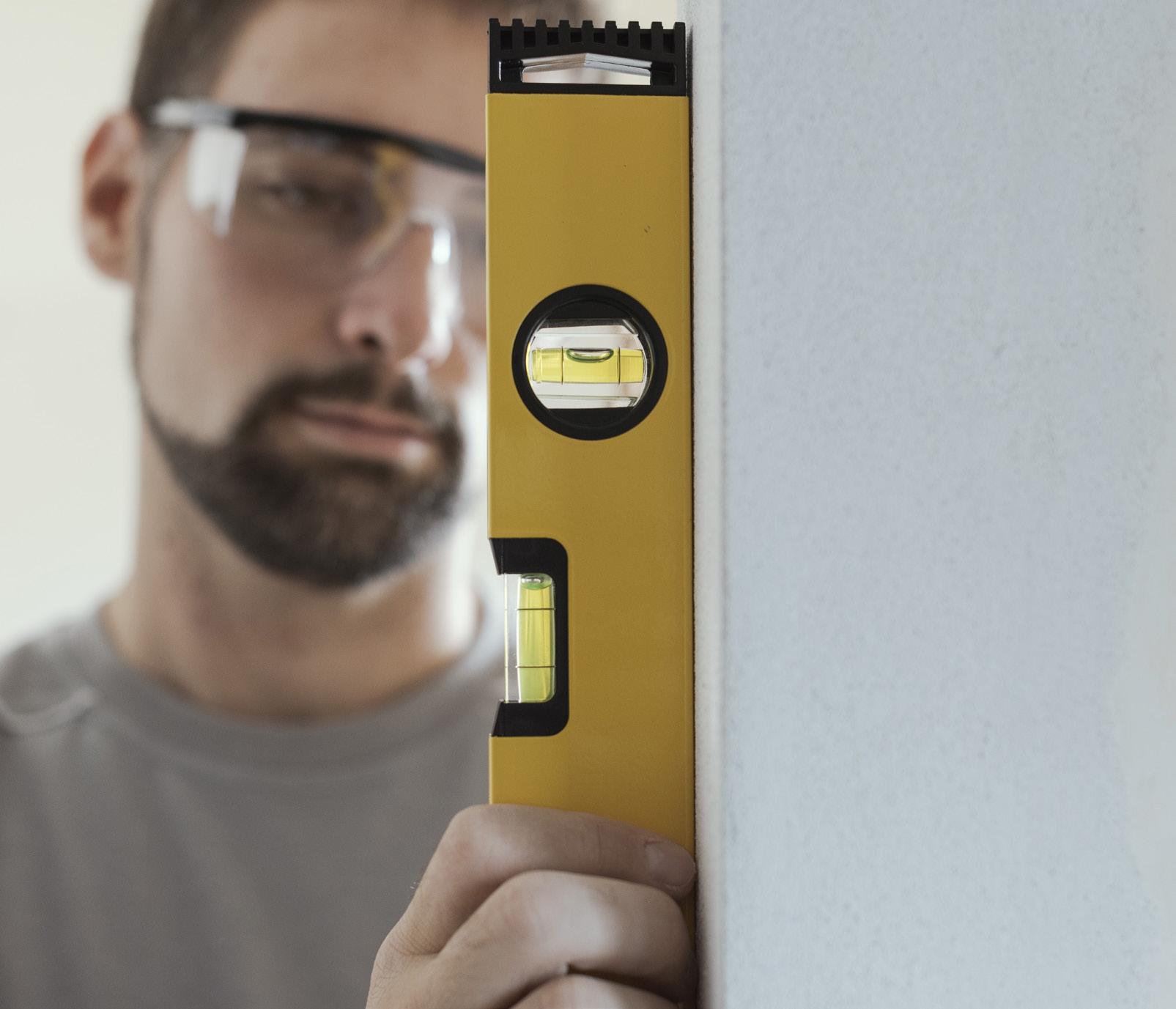
9 minute read
THE CURRENT LANDSCAPE OF COVID-19 FORCE MAJEURE LITIGATION
BY EDWARD SEGLIAS, KATHLEEN M. MORLEY, AND PAUL F. WILLIAMSON | COHEN SEGLIAS
The coronavirus pandemic is giving rise to new legal issues across the country that courts are only just beginning to address. One of those unique issues is the application of force majeure clauses commonly found in construction contracts. In general terms, a force majeure clause acts to excuse a party from performing its contractual obligations due to an unforeseen disaster. Individual cases often depend on a specific clause and particular facts and circumstances. But whether the COVID-19 pandemic and related restrictions and shutdowns can constitute a force majeure clause triggering event is a new and recurring question before the nation’s courts. A recent decision out of the U.S. District Court for the Southern District of New York appears to be among the first reported decisions to address whether the pandemic constitutes a basis for excusing performance due to a “natural disaster” under a contractual force majeure clause.
New York Federal Court Concludes COVID-19 Pandemic Constitutes a “Natural Disaster” to Trigger Force Majeure
In JN Contemporary Art LLC v. Phillips Auctioneers LLC, a dispute among an art seller, the plaintiff, and an art auctioneer, the defendant, arose from the art auctioneer’s refusal to hold an in-person auction to sell one of the art seller’s paintings. The parties had entered into two contracts in which the defendant agreed to auction particular paintings by two different artists for the plaintiff. While the defendant successfully completed its obligations under one of the contracts, restrictions on in-person gatherings and business operations and the ensuing state government orders presented challenges for the defendant to hold an in-person auction for the sale of the other painting under the second contract. The defendant ultimately terminated that contract, arguing that its performance should be excused due to the COVID-19 pandemic. In so arguing, the defendant relied upon the contract’s force majeure clause, which included things such as natural disasters, fires, floods, wars, and terrorist attacks as force majeure events. In upholding the application of the contract’s force majeure clause to excuse the defendant’s performance, the court found that the pandemic and related government shutdown orders constituted circumstance beyond the parties’ control, and even a “natural disaster,” as contemplated by the contract’s clause force majeure clause.
The JN Contemporary decision is one of the first judicial opinions to explicitly hold that the COVID-19 pandemic qualifies as a “natural disaster” under a contractual provision excusing performance on that basis. In addition, the decision reflects a

departure from the traditional, narrow interpretation of force majeure provisions, especially in New York. Traditionally, the term “natural disaster” is most commonly applied in the context of weather and environmental disasters, and courts strictly construe and interpret language in contractual force majeure provisions under New York law. The Southern District of New York’s more expansive view of the term “natural disaster” in the JN Contemporary decision may signal courts’ willingness to reconsider the traditional invocation and interpretation of force majeure clauses given the unprecedented impacts of the pandemic on businesses and individuals alike.
A few other reported decisions, including those issued by the Pennsylvania Supreme Court and the Circuit Court of Virginia, likewise showcase the courts’ inclination to find the pandemic to constitute a natural disaster.
While courts have not directly addressed whether COVID-19 constitutes a natural disaster in the construction context, the growing acceptance of COVID-19 as a “natural disaster” may provide construction contractors facing delays or stoppages in work due to the pandemic the ability to excuse the delay or nonperformance under an applicable force majeure clause.
Continued Evolution of COVID-19 Force Majeure Litigation and Takeaways for Contractors
COVID-19 force majeure litigation will continue to evolve as more courts render decisions. The past year has spawned a resurgence of questions surrounding the application of force majeure clauses in commercial contracts as a result of the ongoing pandemic. While case law will vary by jurisdiction, specific contractual language and the facts of each case, courts may find the JN Contemporary decision and others like it to be persuasive and follow suit. In doing so, courts may expand the traditional interpretation and application of force majeure clauses to excuse contractual performance based on impacts caused by the COVID-19 pandemic in other contexts and contracts, such as construction contracts. This could have significant implications for contractors and subcontractors who may be involved in ongoing or impending disputes over performance under contracts signed prior to the onset of the pandemic.

Regardless of how case law continues to evolve, contractors should evaluate delays and other impacts to performance from pandemic-related causes and restrictions on projects that are underway to ensure all rights and remedies are adequately preserved and pursued to best protect their businesses. Aside from excuse of performance clauses, it is important to seek extensions of time for delays caused by or related to the pandemic, and follow any and all claim notice provisions. In entering into new contracts, contractors should ensure they negotiate terms to appropriately account for any lingering effects of the pandemic impacting the construction industry. Ultimately, these issues are complex in nature and it is important to consult with experienced legal counsel for individual guidance in navigating contractual rights and protecting your business.
BUILDING SUCCESS
ATTORNEYS AT LAW www.cohenseglias.com
PENNSYLVANIA NEW JERSEY NEW YORK DELAWARE WASHINGTON, DC KENTUCKY
STOP LOSING TIME AND MONEY – SEEK THE INPUT OF YOUR SUBS

BY AMANDA DICRESCENZO AND AMANDA WEKO | EUREKA METAL & GLASS SERVICES
No one questions the notion that collaboration makes stronger projects, or the idea that open communication promotes transparency and minimizes construction risk. Yet the designbid-build process often creates breakdowns in collaboration and communication. Except in cases of design-assist, subcontractors rarely have input in the design process, or any way to share their specialized expertise to support decision-making. In fact, some public bid scenarios prohibit communication between subs and the design team. General contractors and construction managers (GC/CMs) face the most risk, as they are left managing corrective work, change orders, or time delays. There should be a better way.
GC/CMs and owners could consider vendor pre-engagement without a contract prior to the bid process. Many subcontractors welcome the opportunity to join the conversation early because it gives them insight into the process and a voice to identify and address potential obstacles in advance. Outside the realm of a construction contract, architects and designers can engage with subcontractors for educational purposes. Organizations and individual companies offer lunch-and-learn sessions and hands-on training, such as the Architectural Glass Institute’s (AGI) glazing boot camps.
Architectural glass and metal, in particular, encompass some of the most challenging interior and exterior building materials. In fact, a 2020 Insurance Business magazine cited water infiltration and losses related to water damage and design-related changes as top construction insurance risks. The following two scenarios illustrate common problems with interior and exterior glazing – that could be overcome with early collaboration and communication with glazing subcontractors. SCENARIO 1: INTERIOR GLASS PARTITIONS
Already popular in commercial fitouts, glass partitions will see their popularity continue to grow as businesses and designers reimagine interiors for the post-Covid-19 landscape. Glass provides physical separation along with visual connectivity and acoustic privacy along with transparency. Once a product exclusively installed by glazing contractors, interior glass panels can now be found in packages from systems furniture vendors. These unitized products often have extremely long (20-week+) lead times and typically cannot be field modified to accommodate inconsistencies in floor or wall conditions. Due to the long lead time, systems furniture products are often ordered before field measurements are available – in some cases when a previous tenant still occupies a space. The furniture vendor falls outside the auspices of the GC/CM or the project schedule, as simply another “product” to be installed.
The major problem occurs when the product arrives on site. The GC/CM will undoubtedly experience issues during installation as existing conditions have irregularities that were not anticipated or accommodated when the product was ordered. For example, poured-in-place concrete floors may have subtle high and low spots that impact horizontal alignment. Out-of-plumb walls or uneven floors may subject the partitions to positional shifts that affect appearance. Unitized glass partitions may offer slight adjustability but cannot be fully field modified. Big trim pieces, large caulk joints, and schedule delays to order custom replacement pieces are a few of the issues the GC/CM will need to resolve.
By contrast, interior glass partitions installed by a glazing subcontractor meet all of the same requirements – aesthetics, per-
formance, demountability, and tax credit eligibility – yet without the excessive lead times and with the ability for customization. A glazing subcontractor can fabricate and install a demountable glass system and can develop, document, and fabricate custom or hybrid stick-built glazing systems to meet a client’s specific functional and aesthetic goals. Some glazing contractors also offer products and systems that rival a furniture vendor’s, with the added benefit of being installed by professional glaziers trained in safe glass handling. For example, Eureka Metal & Glass Services, Inc., is the regional distributor of Holoform®, an interior demountable wall brand manufactured in the U.S. The system was designed with the input of glaziers and GCs to overcome many common installation issues.
SCENARIO 2: EXTERIOR GLASS
Numerous exterior glazing systems populate the market with myriad options for customization. From storefront and curtain wall options to glass patterns, coatings, and security features, the choices address performance, sustainability, safety, and appearance. System selection must factor in structural integrity, movement within and around the system, support attachment techniques, and system interfaces. Decisions impact weather-tightness, building envelope performance, and product lead times. Accurate specification can mean the difference between a project that stays on track or veers off schedule.
Often, when glazing subcontractors receive bid requests, their estimators notice that the system has not been fully detailed. The more subcontractors bidding the job, the more opportunities for a different solution to be identified. Plus, potential design solutions must be run by glazing product vendors, who then run the ideas through their engineering departments. This extends the bid process for longer than necessary. Instead, a conversation among the architect, GC/CM, and glazing contractors during the initial design phase – before the job goes out to bid – could put everyone on the same path early. This would result in more accurate bids, apples-to-apples comparison since all glazing subs are quoting on the same solution, and fewer change orders once the project begins. INDUSTRY BENEFITS
Ordering products or systems before as-built conditions are understood (Scenario 1), or issuing bids without a sufficient level of detail (Scenario 2), creates risk. By engaging subcontractors early, projects benefit from their specialized expertise and minimize potential for delays and change orders.
Principal Darrell Kratzer, AIA, LEED AP, of BKP Architects – the firm responsible for GBCA’s recent façade renovation – admits he enjoys working with subcontractors during design as long as it does not eliminate them from the opportunity to bid. “The sub
must be cooperative, maybe a little entrepreneurial,” Kratzer says. “The architect can learn about the most up-to-date systems and focus on documenting a design that reduces the chance of change orders during shop drawings and makes the shop drawing process much smoother for all.”
Architectural glass and metal contractors in particular can contribute nuanced expertise to support the design conversation. Whether dialogue focuses on a specific project or general education, the communication and collaboration can make a meaningful difference. Education and information in advance can save time and money in the future.











